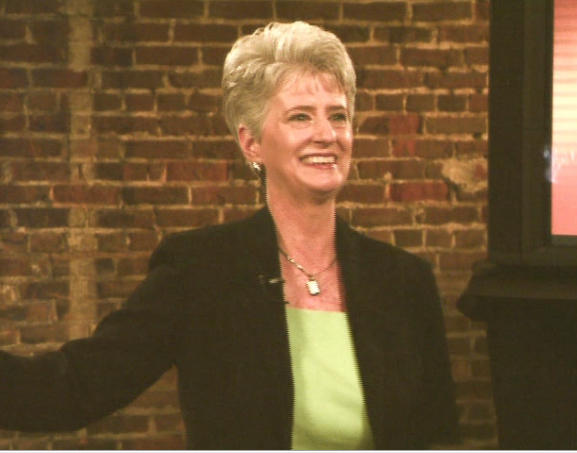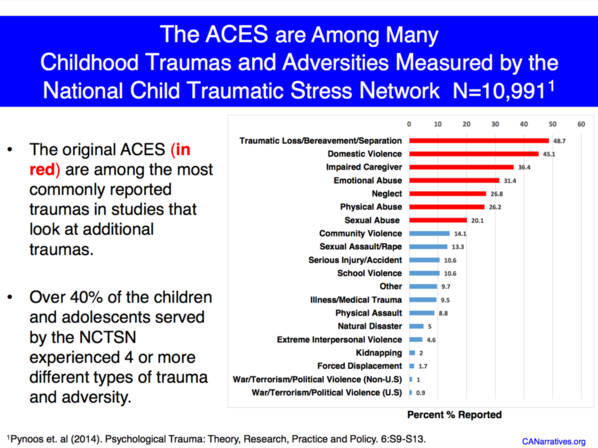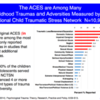
Linda Ranson Jacobs discovered the Kaiser-CDC ACE Study three years ago when she read how Lincoln High School in Walla Walla, WA, changed its approach to disciplining students.
Through her experience as a childcare provider and independent research, she had already realized that childhood trauma should be addressed at an early age. Now, she wants to spread the ACEs message to churches throughout the world. She’s started doing so by integrating ACEs information into DivorceCare for Kids, which she founded in 2002 with funding from the Church Initiative, a nonprofit organization of 15,000 churches.
Although the energetic 68-year-old admits she could retire from her work, she won’t rest until churches recognize and incorporate trauma-awareness and healing practices for children of divorced families. There’s still a lot of resistance, she says, because church leaders don’t consider divorce a trauma. Many church leaders only consider things like a child being abused or homeless as a trauma. Also, divorced parents don’t tend to bring their children to church, so she needs to get her message out to both church leaders and divorced parents.
A lifelong Baptist, Jacobs was raised in Bartlesville, OK, with three other siblings, and parents who were married for almost 50 years. She graduated with a degree in music from Oklahoma Northeastern State University and after having two children of her own, started a childcare business.
She and her fellow childcare givers noticed that children’s behavior changed for the worse when their parents divorced. They became angry or fearful, so rather than using punishment, she and her staff would try to help the kids talk about what was going on in their family and help them heal.
“We wanted to create a family for them,” she says, and indeed, many of her former charges now contact her through social media to tell her how her care helped them.
Healing could take the form of food: crunchy snacks, like pretzels, carrots and celery help work out the anger in children. Food high in potassium like bananas and applesauce also help regulate moods. She said that during holidays, when it’s particularly stressful for children of divorce, they’d be given mashed potatoes, applesauce, bananas, and orange juice.
“Children of divorce often want to revert back to younger days,” she explains.
When she got divorced in 1985, she said she started looking for something to help her young children and found there was nothing available. She started doing lots of research and, in 1988, held her first workshop for parents of divorced children in Tulsa. To her surprise, 80 people showed up.
In 2002, the Church Initiative asked her to put together a DivorceCare for Kids curriculum, which includes a read aloud storybook, two videos, games, and activity books for the children. Jacobs didn’t find out until she moved to North Carolina with her third husband (her second husband died) that she would first have to raise funding for the project. In six months, she raised $150,000 and the project received a matching grant, so for the next 18 months, the evangelist for children of divorce went full steam ahead.
To date, 3,500 churches have been equipped with the DC4K curriculum and more than 100,000 activity books have been given out to individual children. In addition, Jacobs blogs prolifically on ACEsConnection and on blog.DC4k.org. Recently, she’s been interviewed on an Internet radio channel, where thousands of listeners tuned in to her message.
There’s one adverse childhood experience that Jacobs would add to the ACE survey, however: natural disasters. That’s because Jacobs grew up in Oklahoma, where tornadoes are common.
“When your whole community is gone, that’s a traumatic event for a child. For the family, it can snowball into alcohol and drugs,” says Jacobs.
She would definitely be interested in this infographic that lists all types of childhood trauma, including natural disasters.




Comments (2)